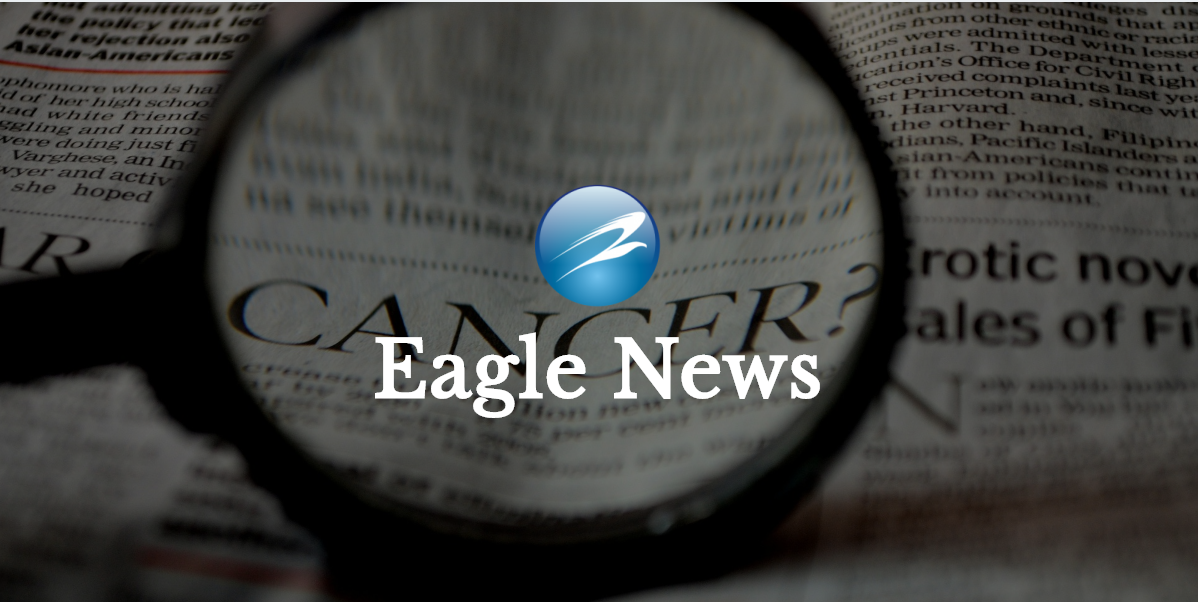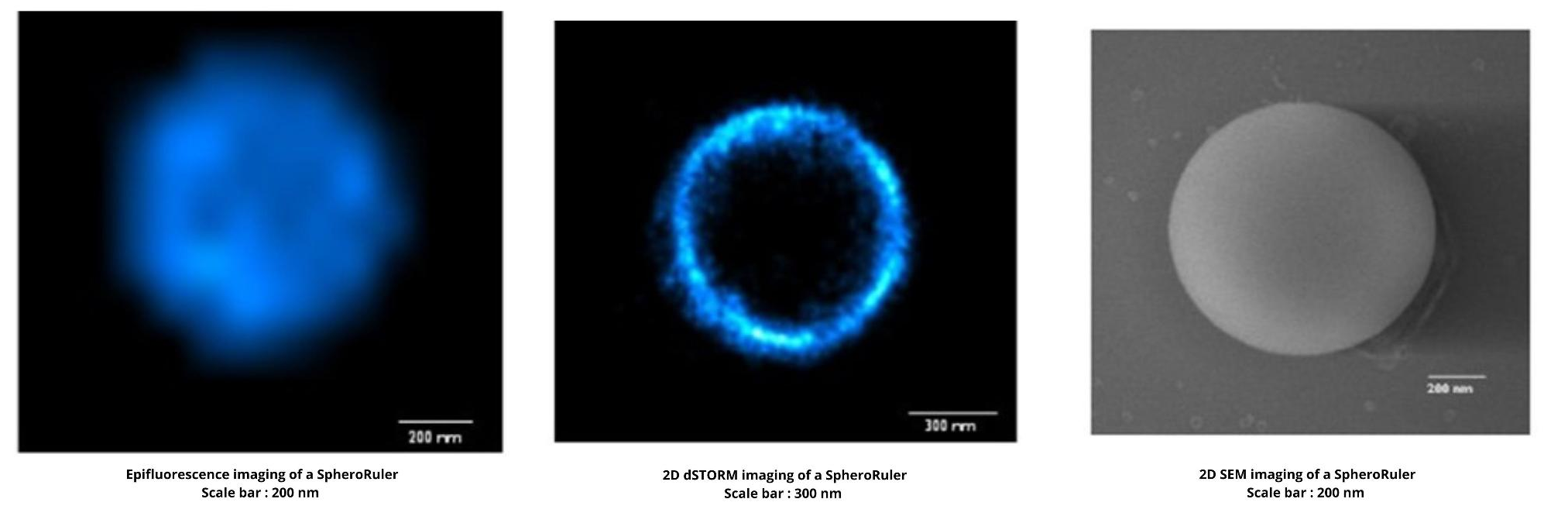
We are excited to bring you the newest addition to our line of Complement Assays, two new Factor P assays – one quantitative and one functional. Developed and Manufactured by Svar Life Science, these kits are designed to work optimally together. These assays are ideal for assisting in the development of next-generation complement therapies!
In addition to measuring the properdin (Factor P) concentration and determining its functionality, the Factor P assays can be easily adapted for more in-depth studies, granting a closer look at the amplification loop of the complement system.
About Factor P
Factor P (Complement P, Properdin, FP) is a positive regulator and an initiator of the alternative pathway (AP) for complement activation. It binds surface-bound C3 and C5 convertases and stabilizes them to amplify the activation cascade1. Factor P binding increases the half-life of the convertase complex approximately 10-fold2. It is suggested, however debated, that Factor P also can initiate complement activation by binding for example cell surfaces or certain biological substrates, recruiting C3b or C3(H2O) and Factor B and thus initiate the AP pathway1,3. Factor P opposes the negative regulation of Factor H that enhances the dissociation of C3b and Bb and mediates Factor I cleavage of C3b to the inactive iC3b3 (Figure 1).

Figure 1: Factor P as stabilizer and initiator of the alternative complement pathway (left) and the opposing negative regulation by Factor H3 (right).
Factor P is not produced in hepatocytes as most complement proteins, but instead by several cell types including monocytes, macrophages, T-cells and granulocytes. It is likely that transient increased concentration of Factor P enhances the AP upon local stimuli4. For example, neutrophils have Factor P-containing granules that are secreted upon stimulation and can enhance the platelet-granulocyte aggregate formation1. In plasma, Factor P is present in a concentration of approximately 4-25 µg/mL5. Factor P is an elongated 53 kDa glycoprotein that oligomerizes in vivo to dimers, trimers or tetramers (P2, P3 and P4) in a ratio of 26:54:20 (P2:P3:P4) in head to tail structures5,6. Mutations, deficiencies, protein levels as well as protein deposits of Factor P are connected to diseases and disorders summarized by Chen et al 3. Deficiencies generally increase the susceptibility for meningococcal disease and other infectious diseases7. Altered serum levels have been associated with for example C3 glomerulopathy, Lupus Nephritis, sepsis and chronic heart failure and IgA nephropathy8.
References
- Blatt, A. Z.; Pathan, S.; Ferreira, V. P. Properdin: A Tightly Regulated Critical Inflammatory Modulator. Immunol Rev 2016, 274 (1), 172–190. https://doi.org/10.1111/imr.12466.
- Fearon, D. T.; Austen, K. F. Properdin: Binding to C3b and Stabilization of the C3b-Dependent C3 Convertase. J Exp Med 1975, 142 (4), 856–863.
- Chen, J. Y.; Cortes, C.; Ferreira, V. P. Properdin: A Multifaceted Molecule Involved in Inflammation and Diseases. Mol. Immunol. 2018, 102, 58–72. https://doi.org/10.1016/j.molimm.2018.05.018.
- Cortes, C.; Ohtola, J. A.; Saggu, G.; Ferreira, V. P. Local Release of Properdin in the Cellular
Microenvironment: Role in Pattern Recognition and Amplification of the Alternative Pathway of Complement. Front Immunol 2013, 3. https://doi.org/10.3389/fimmu.2012.00412.
- Pangburn, M. K. Analysis of the Natural Polymeric Forms of Human Properdin and Their Functions in Complement Activation. The Journal of Immunology 1989, 142 (1), 202–207.
- Smith, C. A.; Pangburn, M. K.; Vogel, C. W.; Müller-Eberhard, H. J. Molecular Architecture of Human Properdin, a Positive Regulator of the Alternative Pathway of Complement. J. Biol. Chem. 1984, 259 (7), 4582–4588.
- Fijen, C. A. P.; van den Bogaard, R.; Schipper, M. Properdin Defciency: Molecular Basis and Disease Association. Molecular Immunology 1999, 36, 863–867.
- Michels, M. A. H. M.; Volokhina, E. B.; van de Kar, N. C. A. J.; van den Heuvel, L. P. W. J. The Role of Properdin in Complement-Mediated Renal Diseases: A New Player in Complement-Inhibiting Therapy? Pediatr Nephrol 2019, 34 (8), 1349–1367. https://doi.org/10.1007/s00467-018-4042-z.
If you have questions about these new items, or any of our other offerings, contact us here.






 What is it SpheroRuler intended for?
What is it SpheroRuler intended for?


